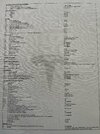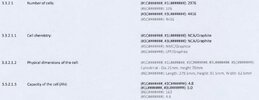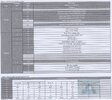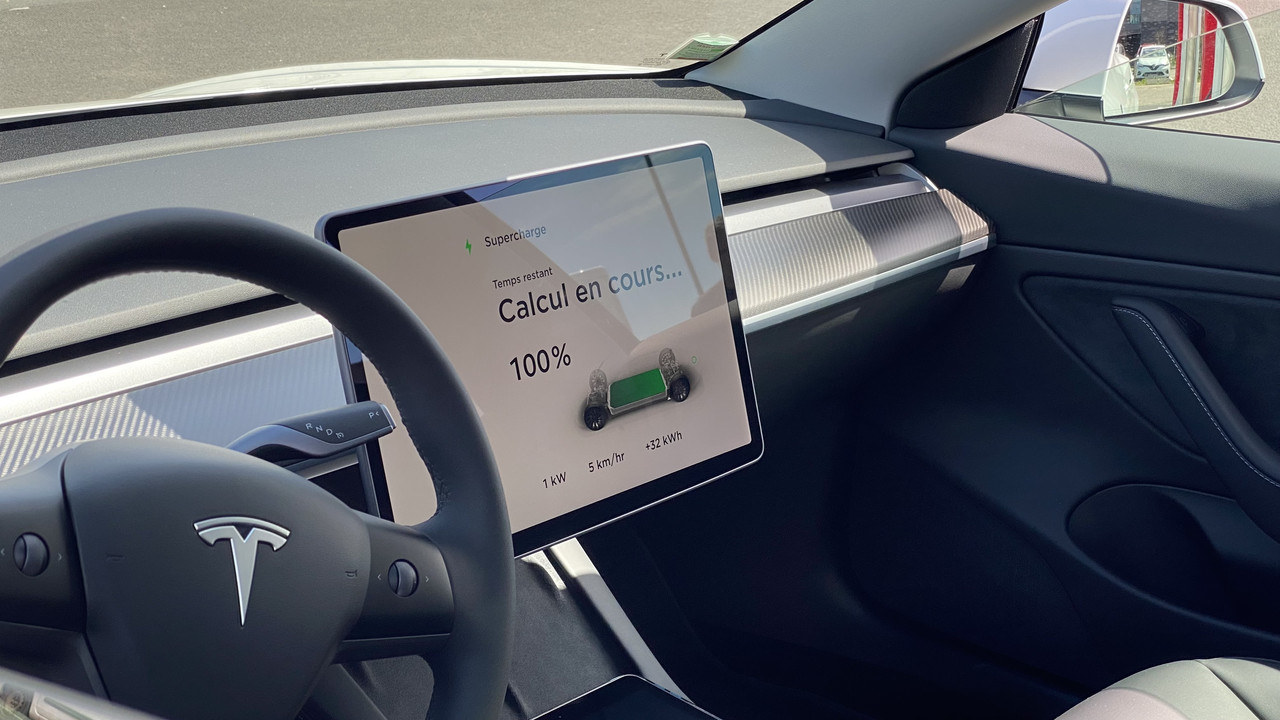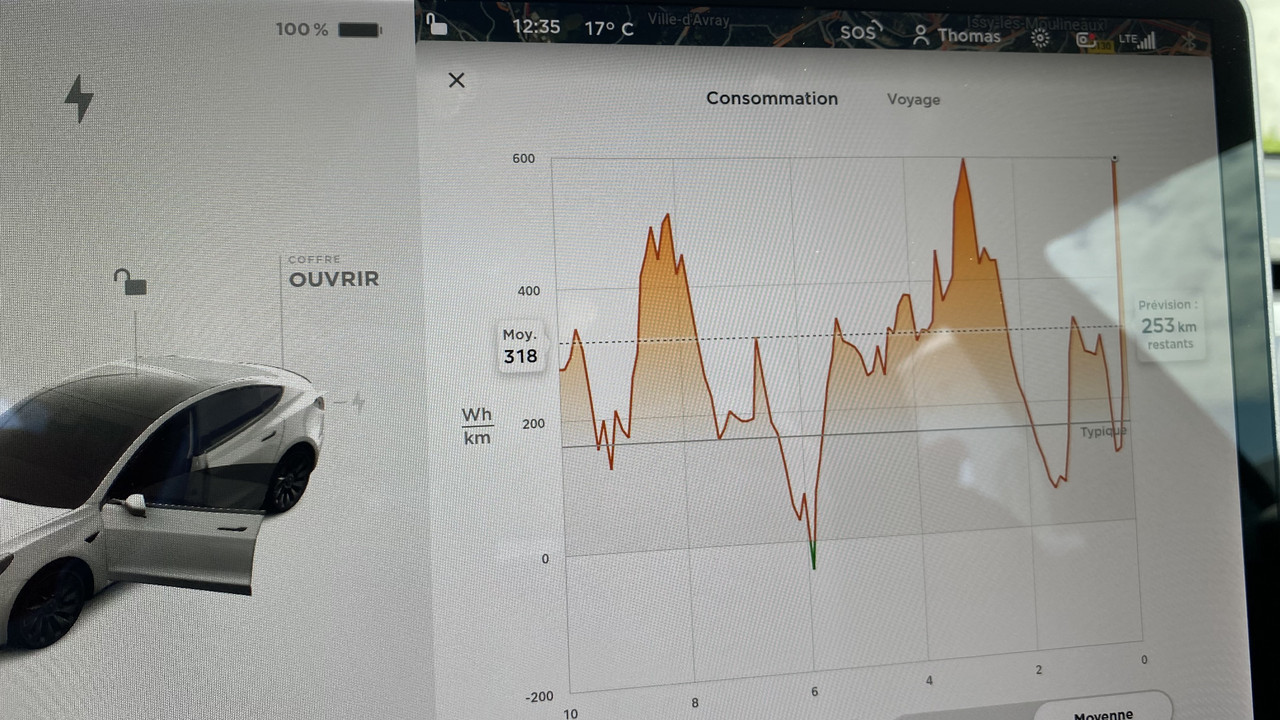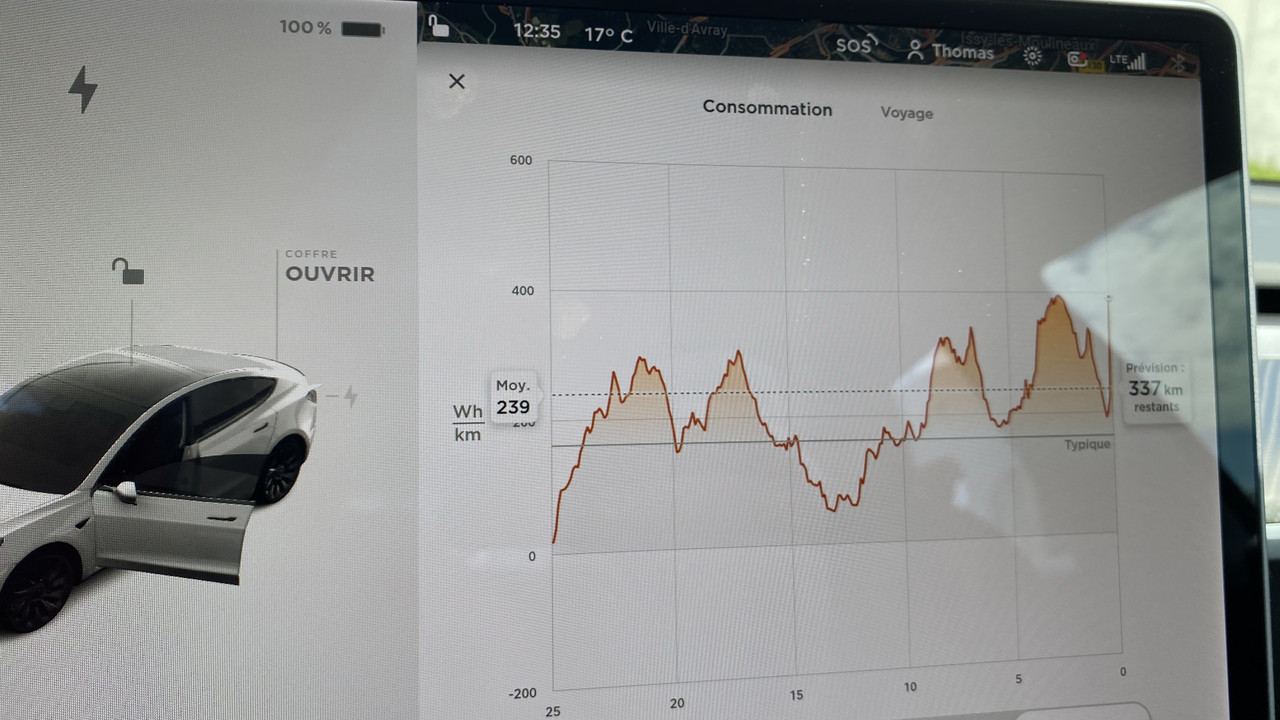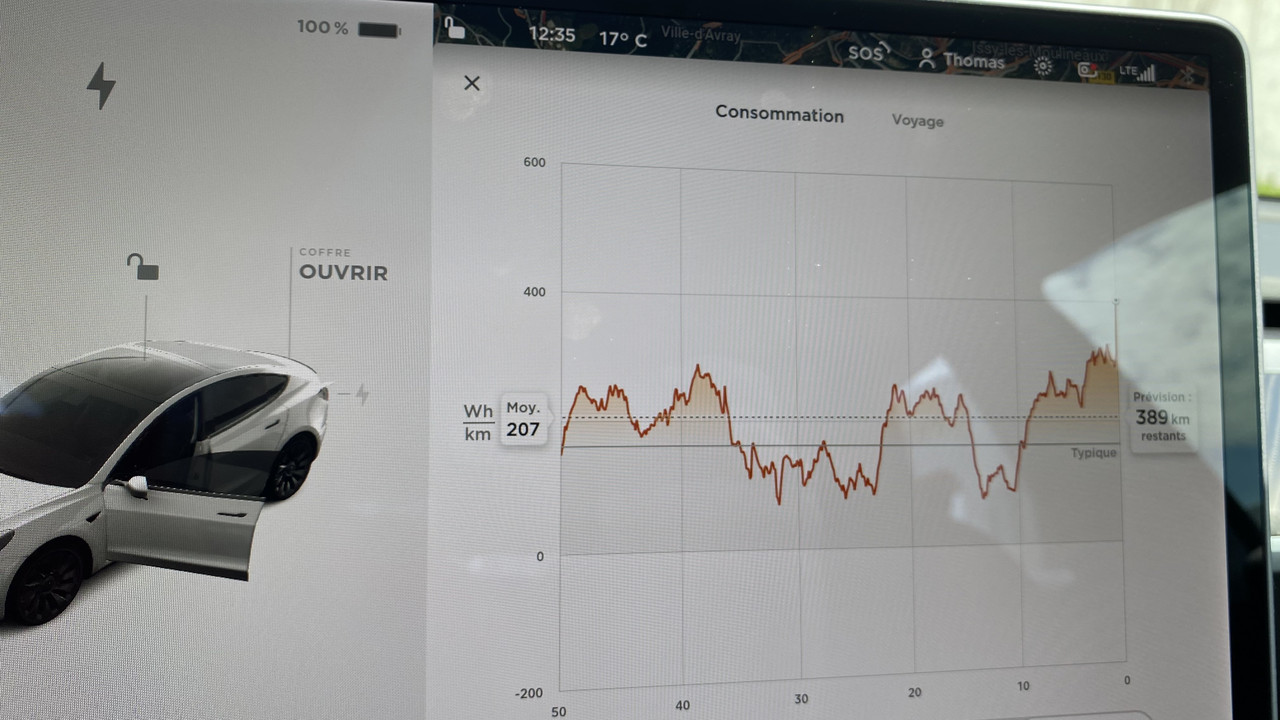AlanSubie4Life
Efficiency Obsessed Member
Yeah, if Tesla changes how they report WLTP from what they were doing before, I do not know; it would be really confusing. But WLTP presumably has rules for how it has to be done (and reported!)? Are they allowed to claim a lower WLTP (probably they are - but doesn't the vehicle still actually have to be able to do the tested distance?)?Yes, all that is clear for me since long.
The thing, that we have known but dunno why is that the actual WLTP in the papers is 640km( yes, we understand that part) but Tesla only advertises WLTP 614km on these cars on their homepage.
As the buffer is about 4.5%, it quite close to the delta. If you take 4.1% off the 640, you get 614km.
So why do Tesla say 614 but the actual WLTP per the WLTP test is 640km ?
In EPA testing there's really not much wiggle room. The car sold to the customer has to be able to reproduce the test result (when new). Otherwise you end up with Electrify America, haha. You can voluntarily reduce EPA range, I guess, but I think the vehicle still has to be able to do the tested range; in theory, it has to have the same efficiency and energy, otherwise, again, Electrify America.... In other words for the 2020 Performance 18" it would have to be able to do 332 EPA miles (even though it was rated and sold as 322 miles, through voluntarily reduction from the EPA result of 332 miles). Maybe.
Anyway, I'm just saying it's definitely possible that WLTP has increased from 580km to 640km, apples to apples. It seems in reach. (I guess we all know that, though.)
Why Tesla says 614km? No idea! Maybe they are allowed to do this. But I assume the vehicle still needs to pass a WLTP test with a 640km result? (But maybe not!) Anyway, unlike other options, where Tesla can just change what they promise and it's ok (you get what was promised in your paperwork), I assume range is a bit more tightly controlled by governments. But who knows, maybe they have wiggle room somehow.
I guess the 614km number makes sense if it's the buffer being excluded, as you say, since the vehicle could still do the 640km, with the same efficiency. But it would have to have about 82kWh to make that 614km (using all but 4.5% of that 82kWh). No rules broken I suppose.
Last edited:



